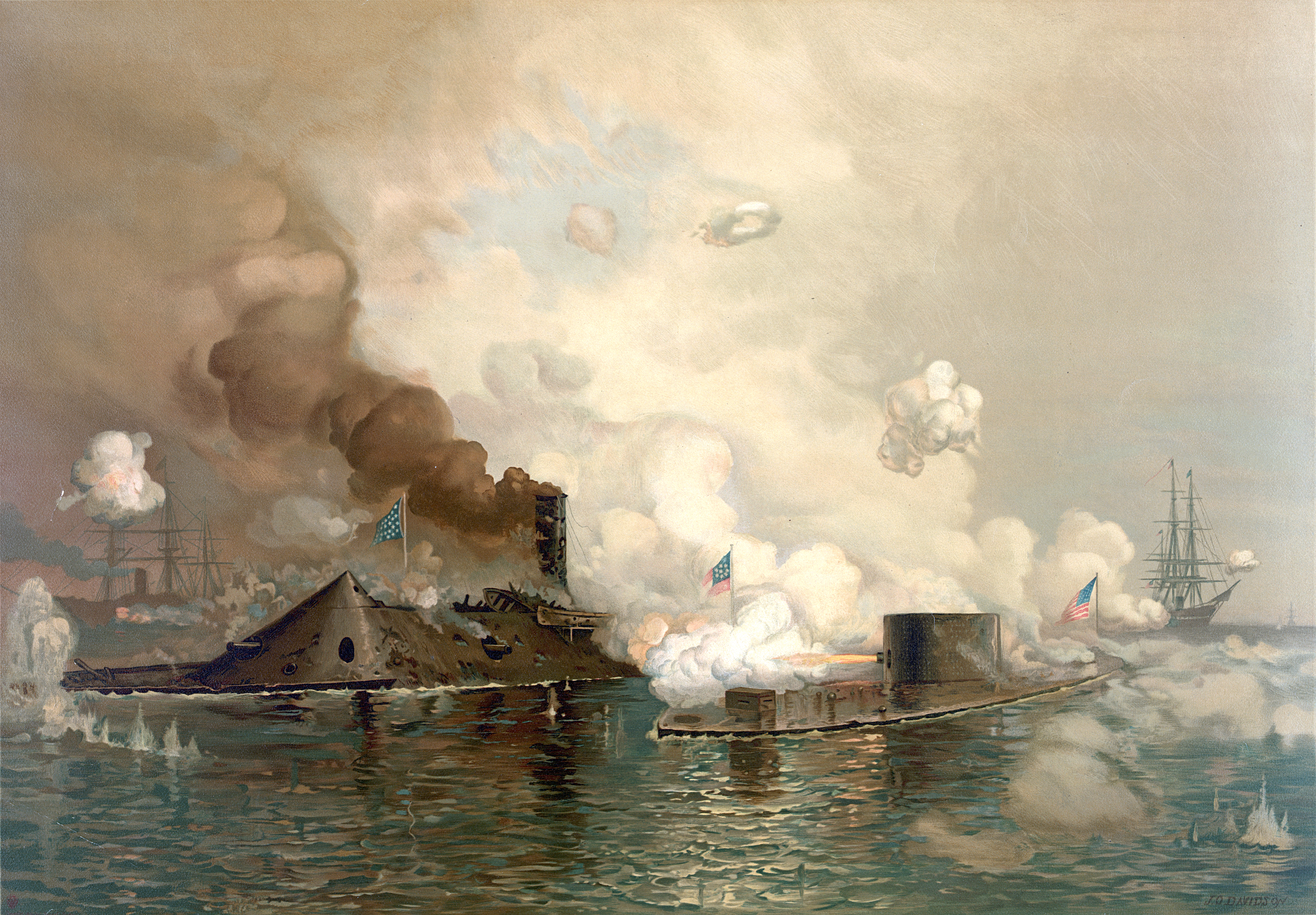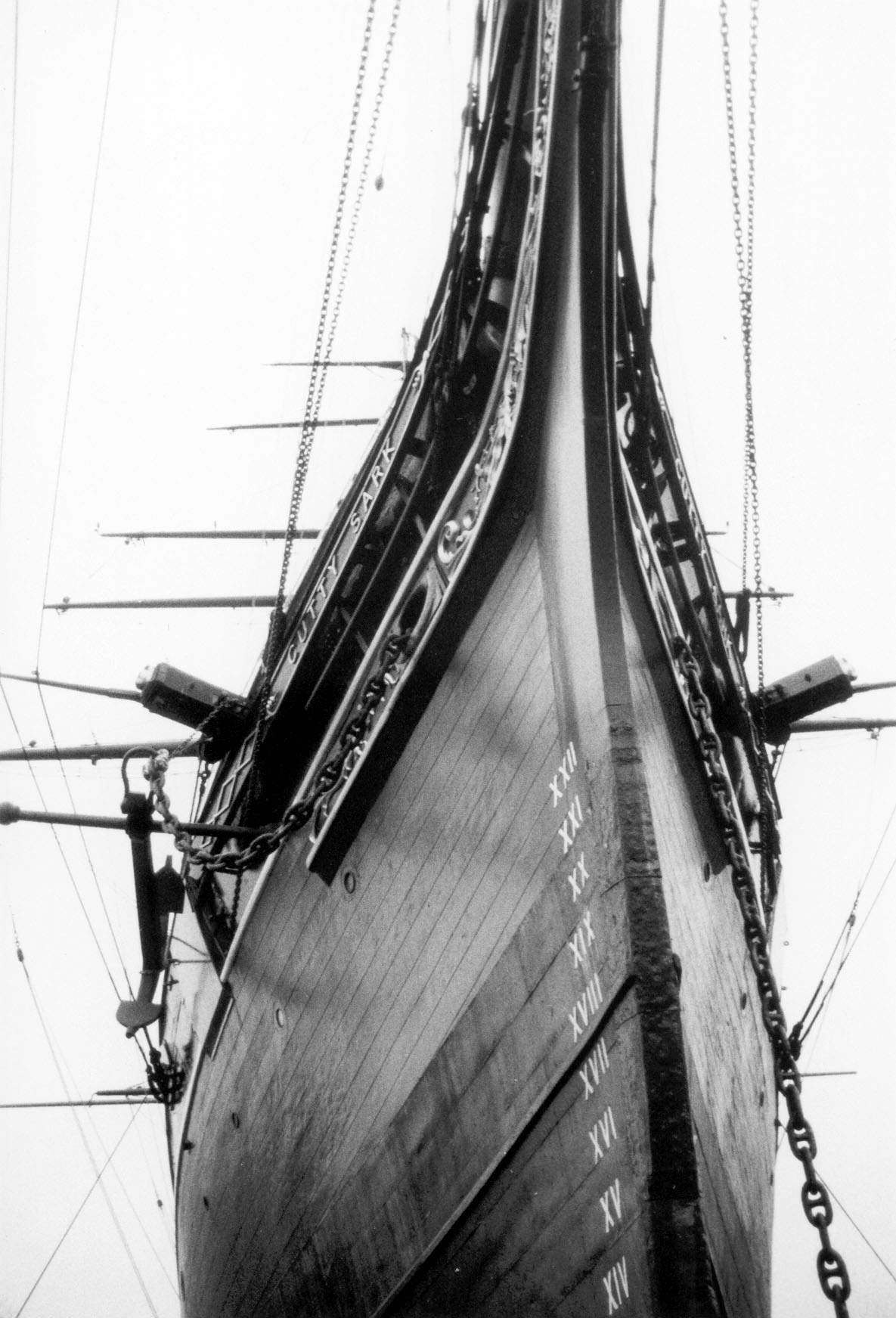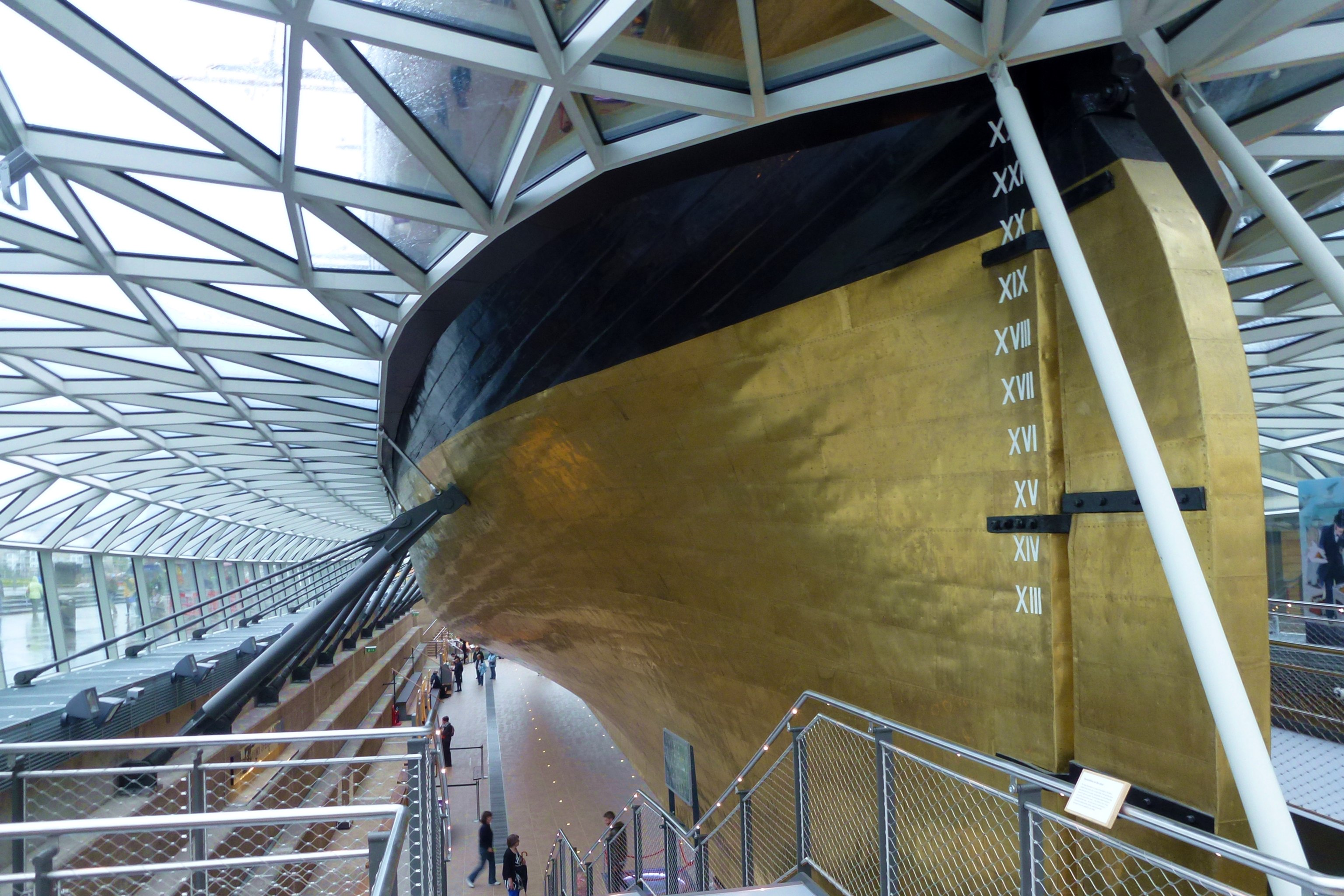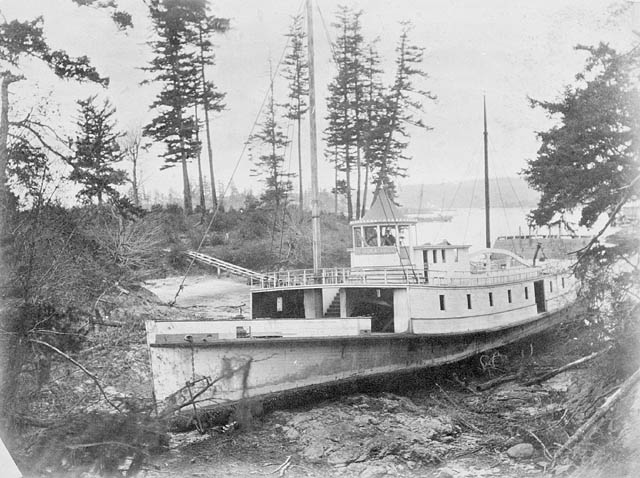|
Swiftsure Class Battleship (1870)
The ''Swiftsure'' class battleships of the late Victorian era were broadside ironclads designed and built specifically for service as Flagships on the Pacific station. Design In appearance the two ships of the class, and , were very similar to ; under water their hulls were very similar to that of . The intention was to make the ships good performers under sail, while at the same time being stable ships and good gun platforms. At the design stage it had been suggested by the Committee on Designs that the ships should be built with their artillery mounted in two turrets, with some smaller guns positioned fore and aft. As there was at that time not sufficient experience with turret-mounted armament, and none at all with turrets in first-class battleships, the idea did not find favour and this class was completed with a broadside box battery deployed on two levels, on the main and on the upper deck. Fouling of ships' hulls by marine life had been a problem since the dawn ... [...More Info...] [...Related Items...] OR: [Wikipedia] [Google] [Baidu] |
HMS Swiftsure (1870)
HMS ''Swiftsure'' was the lead ship of the Swiftsure class battleships built in the late Victorian era. Her sister-ship was . Service history She was commissioned at Devonport in 1871, initially for trials with the Channel Fleet The Channel Fleet and originally known as the Channel Squadron was the Royal Navy formation of warships that defended the waters of the English Channel from 1854 to 1909 and 1914 to 1915. History Throughout the course of Royal Navy's history the .... She was found to be almost unbeatable as a performer under sail, being bested only by the wooden-hulled frigate . She relieved in the Dardanelles in 1872, and remained in the Mediterranean until 1878. She was notable present at Tessloniki in the aftermath of the Salonika Incident. She paid off at Devonport and was given an extensive refit; being given a barque rig, torpedo equipment, a supplementary armament of 25-pounder breech loaders, and Admiral's Quarters to enable her to relieve ''Triumph'' as ... [...More Info...] [...Related Items...] OR: [Wikipedia] [Google] [Baidu] |
Barque
A barque, barc, or bark is a type of sailing vessel with three or more masts having the fore- and mainmasts rigged square and only the mizzen (the aftmost mast) rigged fore and aft. Sometimes, the mizzen is only partly fore-and-aft rigged, bearing a square-rigged sail above. Etymology The word "barque" entered English via the French term, which in turn came from the Latin ''barca'' by way of Occitan, Catalan, Spanish, or Italian. The Latin ''barca'' may stem from Celtic ''barc'' (per Thurneysen) or Greek ''baris'' (per Diez), a term for an Egyptian boat. The ''Oxford English Dictionary'', however, considers the latter improbable. The word ''barc'' appears to have come from Celtic languages. The form adopted by English, perhaps from Irish, was "bark", while that adopted by Latin as ''barca'' very early, which gave rise to the French ''barge'' and ''barque''. In Latin, Spanish, and Italian, the term ''barca'' refers to a small boat, not a full-sized ship. French infl ... [...More Info...] [...Related Items...] OR: [Wikipedia] [Google] [Baidu] |
Palmers Shipbuilding And Iron Company
Palmers Shipbuilding and Iron Company Limited, often referred to simply as "Palmers", was a British shipbuilding company. The Company was based in Jarrow, County Durham, in north-eastern England, and also had operations in Hebburn and Willington Quay on the River Tyne. History Early history and growth The company was established in 1852 by Charles Mark Palmer as Palmer Brothers & Co. in Jarrow. Later that year it launched the '' John Bowes'', the first iron screw collier. By 1900 the business was known as Palmers Shipbuilding and Iron Company. At that time, besides building ships, it manufactured and processed its own steel and other metals, and its products included Reed water tube boilers and marine steam engines. By 1902 Palmers' base at Jarrow occupied about 100 acres (41 hectares) and included 0.75 miles (1.2 kilometres) of the southern bank of the River Tyne, and employed about 10,000 men and boys. In 1910 Sir Charles Palmer's interest ... [...More Info...] [...Related Items...] OR: [Wikipedia] [Google] [Baidu] |
Jarrow
Jarrow ( or ) is a town in South Tyneside in the county of Tyne and Wear, England. It is east of Newcastle upon Tyne. It is situated on the south bank of the River Tyne, about from the east coast. It is home to the southern portal of the Tyne Tunnel. In 2011, Jarrow had a population of 43,431. Jarrow is part of the historic County Palatine of Durham. In the eighth century, the monastery of Saint Paul in Jarrow (now Monkwearmouth–Jarrow Abbey) was the home of The Venerable Bede, who is regarded as the greatest Anglo-Saxon scholar and the father of English history. From the middle of the 19th century until 1935, Jarrow was a centre for shipbuilding, and was the starting point of the Jarrow March against unemployment in 1936. History and naming Foundation The town's name is recorded around AD 750 as ''Gyruum'', representing Old English '' �tGyrwum''=" tthe marsh dwellers", from Anglo-Saxon ''gyr''="mud", "marsh". Later spellings are Jaruum in 1158, and Jarwe in 1228 ... [...More Info...] [...Related Items...] OR: [Wikipedia] [Google] [Baidu] |
Ironclad Warship
An ironclad is a steam engine, steam-propelled warship protected by Wrought iron, iron or steel iron armor, armor plates, constructed from 1859 to the early 1890s. The ironclad was developed as a result of the vulnerability of wooden warships to explosive or incendiary shell (projectile), shells. The first ironclad battleship, , was launched by the French Navy in November 1859 - narrowly pre-empting the British Royal Navy. They were first used in warfare in 1862 during the American Civil War, when ironclads operated against wooden ships and, in a historic confrontation, against each other at the Battle of Hampton Roads in Virginia. Their performance demonstrated that the ironclad had replaced the unarmored ship of the line as the most powerful warship afloat. City-class ironclad, Ironclad gunboats became very successful in the American Civil War. Ironclads were designed for several uses, including as high seas battleships, long-range cruisers, and Littoral (military), coast ... [...More Info...] [...Related Items...] OR: [Wikipedia] [Google] [Baidu] |
Full-rigged Ship
A full-rigged ship or fully rigged ship is a sailing vessel's sail plan with three or more masts, all of them square-rigged. A full-rigged ship is said to have a ship rig or be ship-rigged. Such vessels also have each mast stepped in three segments: lower mast, top mast, and topgallant mast. Other large, multi-masted sailing vessels may be regarded as ships while lacking one of the elements of a full-rigged ship, e.g. having one or more masts support only a fore-and-aft sail or having a mast that only has two segments. Masts The masts of a full-rigged ship, from bow to stern, are: * Foremast, which is the second tallest mast * Mainmast, the tallest * Mizzenmast, the third tallest * Jiggermast, which may not be present but will be fourth tallest if so If the masts are of wood, each mast is in three or more pieces. They are (in order, from bottom up): * The lowest piece is called the ''mast'' or the ''lower''. * Topmast * Topgallant mast * Royal mast, if fitted On steel-ma ... [...More Info...] [...Related Items...] OR: [Wikipedia] [Google] [Baidu] |
Muzzle-loading Rifles
A muzzle-loading rifle is a muzzle-loaded small arm or artillery piece that has a rifled barrel rather than a smoothbore. The term "rifled muzzle loader" typically is used to describe a type of artillery piece, although it is technically accurate for small arms as well. A shoulder arm is typically just called a "rifle", as almost all small arms were rifled by the time breechloading became prevalent. Muzzle and breechloading artillery served together for several decades, making a clear distinction more important. In the case of artillery, the abbreviation " RML" is often prefixed to the guns designation; a Rifled breech loader would be "RBL", or often just "BL", since smoothbore breechloading artillery is almost nonexistent (except in tank guns). A muzzle loading weapon is loaded through the muzzle, or front of the barrel (or "tube" in artillery terms). This is the opposite of a breech-loading weapon or rifled breechloader (RBL), which is loaded from the breech-end of the barrel. T ... [...More Info...] [...Related Items...] OR: [Wikipedia] [Google] [Baidu] |
Broadside Ironclad
An ironclad is a steam engine, steam-propelled warship protected by Wrought iron, iron or steel iron armor, armor plates, constructed from 1859 to the early 1890s. The ironclad was developed as a result of the vulnerability of wooden warships to explosive or incendiary shell (projectile), shells. The first ironclad battleship, , was launched by the French Navy in November 1859 - narrowly pre-empting the British Royal Navy. They were first used in warfare in 1862 during the American Civil War, when ironclads operated against wooden ships and, in a historic confrontation, against each other at the Battle of Hampton Roads in Virginia. Their performance demonstrated that the ironclad had replaced the unarmored ship of the line as the most powerful warship afloat. City-class ironclad, Ironclad gunboats became very successful in the American Civil War. Ironclads were designed for several uses, including as high seas battleships, long-range cruisers, and Littoral (military), coast ... [...More Info...] [...Related Items...] OR: [Wikipedia] [Google] [Baidu] |
Box Battery
The box battery disposition of the main armament in a battleship was commonly used in ships built in the latter half of the 19th century; it was an interim disposition between full-length broadside guns and turret-mounted artillery. Description From the first time that artillery was carried aboard warships, in the early Tudor period, until the middle of the 19th century, warships had carried their cannon in long rows along their sides. Bigger ships had carried more and bigger cannon, culminating in wooden line-of-battle ships carrying some 140 muzzle-loading smoothbore cannon, 70 on each side. With the advent of steam power, iron armour, and vastly larger guns, first-line battleships built from 1860 onwards tended to carry fewer but heavier guns. The first broadside ironclad to be commissioned into the Royal Navy The Royal Navy (RN) is the United Kingdom's naval warfare force. Although warships were used by Kingdom of England, English and Kingdom of Scotland, Scottish ... [...More Info...] [...Related Items...] OR: [Wikipedia] [Google] [Baidu] |
Muntz Metal
Muntz metal (also known as yellow metal) is an alpha-beta brass alloy composed of approximately 60% copper, 40% zinc and a trace of iron. It is named after George Fredrick Muntz, a metal-roller of Birmingham, England, who commercialised the alloy following his patent of 1832. The alloy must be worked hot and is used today for corrosion-resistant machine parts. Alpha-beta (also called duplex) metals contain both the α and β phases. The α phase refers to a crystal structure that is face-centered cubic, while the β phase is body-centered cubic. Its original application was as a replacement for copper sheathing on the bottom of boats, as it maintained the anti-fouling abilities of the pure copper at around two thirds of the price. It became the material of choice for this application and Muntz made his fortune. It was found that copper would gradually leach from the alloy in sea water, poisoning any organism that attempted to attach itself to a hull sheathed in the metal. Thus, ... [...More Info...] [...Related Items...] OR: [Wikipedia] [Google] [Baidu] |
Copper Sheathing
Copper sheathing is the practice of protecting the under-water hull of a ship or boat from the corrosive effects of salt water and biofouling through the use of copper plates affixed to the outside of the hull. It was pioneered and developed by the Royal Navy during the 18th century. In antiquity, ancient Greeks used lead plates to protect the underwater hull. Development Deterioration of the hull of a wooden ship was a significant problem during the Age of Sail. Ships' hulls were under continuous attack by shipworm, barnacles and various marine weeds, all of which had some adverse effect on the ship, be it structurally, in the case of the worm, or affecting speed and handling in the case of the weeds. The most common methods of dealing with these problems were through the use of wood, and sometimes lead, sheathing. Expendable wood sheathing effectively provided a non-structural skin to the hull for the worm to attack, and could be easily replaced in dry dock at regular inter ... [...More Info...] [...Related Items...] OR: [Wikipedia] [Google] [Baidu] |
Esquimalt, British Columbia
The Township of Esquimalt is a municipality at the southern tip of Vancouver Island, in British Columbia, Canada. It is bordered to the east by the provincial capital, Victoria, to the south by the Strait of Juan de Fuca, to the west by Esquimalt Harbour and Royal Roads, to the northwest by the New Songhees 1A Indian reserve and the town of View Royal, and to the north by a narrow inlet of water called the Gorge, across which is the district municipality of Saanich. It is almost tangential to Esquimalt 1 Indian Reserve near Admirals Road. It is one of the 13 municipalities of Greater Victoria and part of the Capital Regional District. Esquimalt had a population of 17,533 in 2021. It covers . It is home to the Pacific fleet of the Royal Canadian Navy. History The region now known as Esquimalt was settled by First Nations people approximately 4000 years before the arrival of Europeans. The treaties of the Hudson's Bay Company (HBC), signed in 1843, refer to these pe ... [...More Info...] [...Related Items...] OR: [Wikipedia] [Google] [Baidu] |







.jpg)



